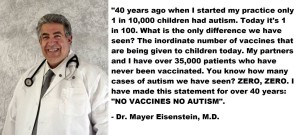
Our health care system is now based on a pharmaceutical model of care with a strong emphasis on vaccinations. In the 1800s, homeopathic and nutritional health care approaches successfully treated many people who suffered during disease epidemics. Orthodox medical treatments were dangerous and comparatively less successful in treating patients.
http://www.australiannationalreview.com/healthcare-bought-resulting-todays-focus-vaccinations-pharmaceuticals/
Sure I trust drug companies – why wouldn’t I?
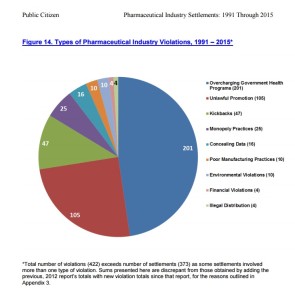
Sure I trust drug companies – why wouldn’t I?
Public Citizen: Big Pharma Pays Big Civil and Criminal Penalties
In a 25 years survey, Twenty-Five Years of Pharmaceutical Industry Criminal and Civil Penalties: 1991 -2015, Public Citizen finds from 1991 to 2015 there were 373 settlements reached between big Pharma and state and federal governments. The price tag – $35.7 billion.
http://www.meshmedicaldevicenewsdesk.com/public-citizen-big-pharma-pays-big-civil-criminal-penalties/
How to help overturn No Jab, No Pay Legislation So The State Does Not Own Our Bodies

The AVN Committee is very pleased to inform you that our barrister has now given us the go-ahead to ask our membership and the general public for their voluntary sponsorship of the court challenge to No Jab, No Pay legislation.
http://r20.rs6.net/tn.jsp?f=001jhV9xtf-z_S4vFw5krKExPtQGYWGGF5oE7IOTTTTLHMKztfyMRl5_R3Ksst0uJV6gFcs_EFrADgO6Ye0ww4w0Z0nf2SAMJTBIvw6bm0-WzRZxqd-8ML8DSBARwgMqrsVAa6Pet6q0AFmVAvOGXlKhlDxeH9tphJMS-uTt8qhjSeJEEK2jPtUWg==&c=BQ049c3Lh_8Q2UBqwBSCbtytL7q0G1xOok30hcMeJN8O_bdhoO7ing==&ch=BaoK5Af0tqagstW53dbDBa1JPCvwBcRicRe7wfReUCIJSc18KNWERw==
Drugs, Disease and Deception: A Medical Whistleblower’s Tale with Judy Mikovits Phd

This episode of GFM Media we speak with a scientist who was wrongfully jailed and her career destroyed because she dared to publish findings unacceptable to vested interests…
Back story: On July 22, 2009, a special meeting was held with twenty-four leading scientists at the National Institutes of Health to discuss early findings that a newly discovered retrovirus was linked to chronic fatigue syndrome (CFS), prostate cancer, lymphoma, and eventually neurodevelopmental disorders in children. When Dr. Judy Mikovits finished her presentation the room was silent for a moment, then one of the scientists said, “Oh my God!”
The resulting investigation would be like no other in science.
For Dr. Mikovits, a twenty-year veteran of the National Cancer Institute, this was the midpoint of a five-year journey that would start with the founding of the Whittemore-Peterson Institute for Neuro-Immune Disease, and end with her as a witness for the federal government against her former employer, Harvey Whittemore, for illegal campaign contributions to Senate Majority Leader Harry Reid.
On this journey Dr. Mikovits would face the scientific prejudices against CFS, wander into the minefield that is autism, and through it all struggle to maintain her faith in God and the profession to which she had dedicated her life. This is a story for anybody interested in the peril, promise, and corruption of science at the very highest levels.
In this week’s interview of GFM Media, we will discuss, among other things, how prominent journals like Nature, Cell, and Science are damaging science. Case in point: the day before receiving the 2013 Nobel Prize in Medicine, Dr. Randy Schekman published a piece in The Guardian newspaper in which he declared his intention to never submit another piece of research to the journals, Science, Cell, Nature, and others like them because they are not serving the best interests of humanity and society.
Judy A. Mikovits has spent her life training to be a research scientist to honor her grandfather who died of cancer when she was a teenager. Dr. Mikovits earned her BA from University of Virginia and PhD in Biochemistry and Molecular Biology from George Washington University. In her 35-year quest to understand and treat chronic diseases, she has studied immunology, natural products chemistry, epigenetics, virology and drug development. In just over twenty years she rose from an entry-level lab technician to become director of the lab of Antiviral Drug Mechanisms at the National Cancer Institute before leaving to direct the Cancer Biology program at EpiGenX Pharmaceuticals in Santa Barbara California.
Judy Mikovits’ revelations around tainted vaccines and contaminated blood1 have caused shockwaves that resulted in the censoring and suppression of her work, and smearing of her character. Tonight, we look to discover why.
Having spent the last four years defending herself against bogus charges, whilst enduring four years of forced silence due to a court-ordered gag order, Judy’s life and career have changed forever, yet she continues to speak the truth. Join us, 9 pm Sydney time on Global Freedom Movement Media, as Dr. Judy Mikovits sets the story straight.
http://globalfreedommovement.org/drugs-disease-and-deception-a-medical-whistleblowers-tale-with-judy-mikovits-phd/
We don’t want an adult vaccination register in Australia
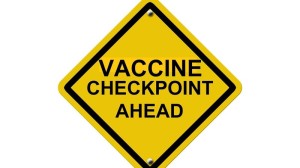
In the May budget, Tony Abbott announced that we are going to expand our current childhood vaccination register into an adult register, starting in September 2016. Are we going to have so many new vaccinations for adults that we need a register to keep track of these things? Are pensions, tax returns and other types government support going to become dependent on having ALL the recommended vaccines?
https://www.change.org/p/stop-the-adult-vaccination-register
Lead Developer Of HPV Vaccines Comes Clean, Warns Parents & Young Girls It’s All A Giant Deadly Scam
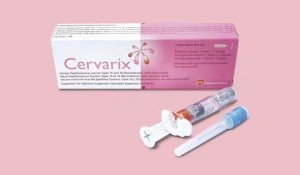
That’s pretty straight from the horses mouth!
http://www.feelguide.com/2013/07/16/lead-developer-of-hpv-vaccines-comes-clean-warns-parents-young-girls-its-all-a-giant-deadly-scam/
No Vaccine Proven Safe For Pregnant Women
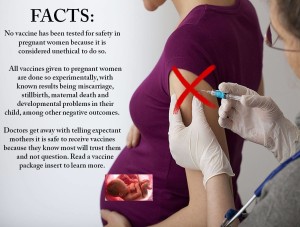
Garry Douglas posted: Apparently pregnant women in Brazil have been given the Dtap vaccine to prevent whooping cough. This vaccine has been linked to microcephaly.
http://content.iospress.com/articles/journal-of-pediatric-neurology/jpn00659
No Vaccines No Autism
New Published Study Verifies Andrew Wakefield’s Research on Autism – Again

A great video for parents of children with autism!
http://healthimpactnews.com/2013/new-published-study-verifies-andrew-wakefields-research-on-autism-again/
Annabelle’s Story
I find it hard to keep a dry eye when I see stories like this.
Please pass on the word about how vaccines DO have SERIOUS side-effects. Death is only ONE of them!
http://www.learntherisk.org/stories/anabelles-story/

